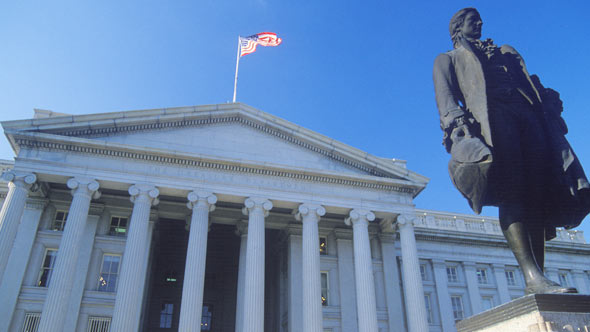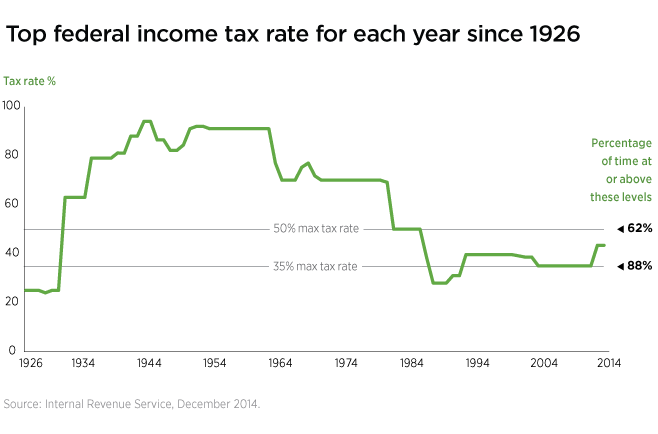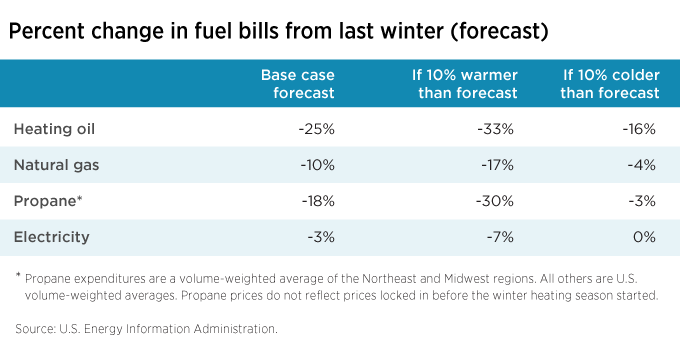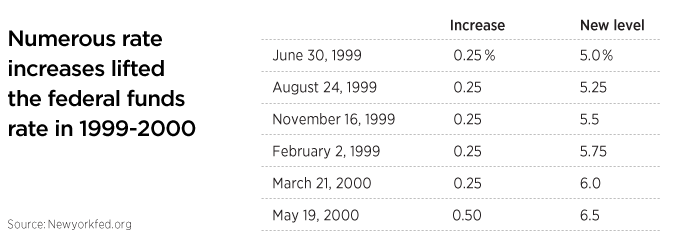BOSTON, April 27, 2016 — Putnam Investments was named the first-ever recipient of the Social Media Leader of the Year Award at the 23rd Annual Mutual Fund Industry Awards ceremony held last night in New York City. The new award category honors a firm that demonstrates leadership in social media through observations, insights and engagement with clients and the general public.
“Social media has become a critically important communication tool for asset management firms to interact with all stakeholders in the marketplace,” said Robert L. Reynolds, Putnam Investments President and Chief Executive Officer. “We take great pride both in being the first recipient of this award and in the acknowledgement of our leadership in developing an innovative, ever-evolving social media program that has become an integral part of the firm’s culture. Our social media efforts span the entire advisor and investor experience as we work each day to help clients and investors succeed.”
Putnam was recognized for the social media program that began in 2009 with the company’s launch of its presence on Facebook and Twitter. Reynolds embraced the emerging communications platforms and began tweeting @RobertLReynolds, becoming one of the very first financial services CEOs with an active Twitter presence. Putnam immediately began expanding its outreach, building out a robust social media program unique in the industry in terms of its depth and innovation, focused on branding, marketing and communications outreach, as well as industry leadership.
With a corporate presence on Twitter, LinkedIn, Facebook, YouTube ,Instagram, Google+ and three standalone blogs, Putnam presents a balanced and humanized portrait of its brand to advisors and investors.
Putnam identified a need among financial advisors to understand the emerging importance of social media as a business-building tool and, in response, developed key practice management offerings, including best practice seminars on the use of LinkedIn and other social platforms; a series of online resources and tools; one-on-one training and continuing discussions; and video vignettes on Putnam’s Advisor Tech Tips blog.
In 2014, Reynolds was named a LinkedIn Influencer, joining a select group of CEOs, political figures, entrepreneurs and other influential leaders who provide compelling commentary and professional insights on a variety of subjects. Reynolds currently has more than 130,000 followers on LinkedIn.
In addition to offering informative content marketing, robust practice management tools, customer service and advisor support, Putnam’s social media outreach communicates the firm’s commitment to thought leadership in the social sphere. The 2015 Putnam Social Advisor Study, an in-depth survey of more than 800 financial advisors, represented the third edition of the firm’s groundbreaking benchmarking of advisors’ use of social media in their practices.
Putnam has been widely recognized for developing and adopting best practices in social media, including being ranked #1 in 2014 by kasina, a leading industry observer, for the firms’ leadership and outreach in this area.
About the Awards
The annual Mutual Fund Industry Awards recognize the funds, fund leaders, marketers, trustees and independent counsel who stood out for their successes, achievements and contributions in 2015. Winners are selected by the editorial staff of Fund Action and Fund Directions based on their extensive industry-wide due diligence. The editorial staff draws on market intelligence as well as input from the industry garnered through an annual call for nominations when making their selections.






